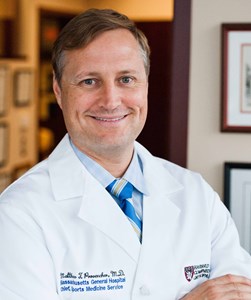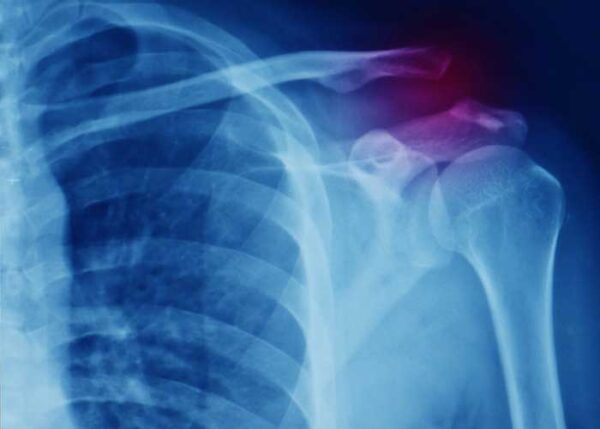Separated Shoulder Specialist

Are you an athlete who participates in contact sports? If so, you may be at risk of separating your shoulder. A separated shoulder is typically caused by blunt trauma to the shoulder or by a fall onto the shoulder. Separated shoulder specialist, Dr. Matthew Provencher provides diagnosis and both surgical and nonsurgical treatment options for patients in Vail who have suffered a shoulder separation. Contact Dr. Provencher’s team today!
What is the Anatomy of the AC Joint?
The acromioclavicular (AC) joint is located where the clavicle (collarbone) meets the highest point of the acromion (shoulder blade). The AC joint is held closely together by multiple ligaments and wrapped in cartilage at the end of each bone. An AC joint injury is a common shoulder condition generally caused by a hard fall or blunt force to the joint. Dr. Matthew Provencher, shoulder specialist serving the Vail, Aspen, Colorado Springs, and Denver, Colorado communities, can help alleviate acromioclavicular joint pain after an injury and return patients to an active, healthy lifestyle.
The most common cause of an AC joint injury is a direct contact force impacting the top of the shoulder. The fall can cause the joint to experience a mild sprain or, in cases of a particularly forceful impact, a complete shoulder separation. An AC joint injury is measured in multiple grades, spanning from Grade 1 as a mild sprain up to Grade 6 as a debilitating and complete disruption resulting in a total AC joint separation.
What are the Symptoms of an AC Joint Injury?
The hallmark sign of an AC joint injury is pain from palpation at the AC joint. Acromioclavicular joint pain ranges from mild tenderness to sharp, intense pain following injury. The pain is commonly felt at the top of the shoulder. Patients may also experience bruising, swelling, a visible deformity and a popping sensation in higher grade injuries.
How to Diagnose an AC Joint Injury?
A complete physical examination of the shoulder and a series of x-rays performed by Dr. Provencher will lead to a confirmed AC joint injury diagnosis. An x-ray can also help rule out any additional injuries to the bone, such as a fracture of the end of the collarbone. In addition to x-ray, Dr. Provencher also performs an MRI scan to determine the injury grade and assess injury of surrounding ligaments in order to arrive at an effective and individualized treatment plan.

What are AC Injury Treatment Options?
Ultimately, treatment of an AC joint injury is based on injury grade, level of acromioclavicular joint pain and patient’s functional level.
How to Treat AC Injury without Surgery?
Lower grade AC joint injuries are commonly treated with a non-surgical approach that includes rest, joint stabilization in a sling or similar device, medications, and a detailed physical therapy program. It is strongly suggested that patients work with the in-house physical therapists at Howard Head Sports Medicine to optimize their rehabilitation. The combination of these non-surgical measures decrease acromioclavicular joint pain and return patients to normal activities within 1-6 weeks.
How to Treat AC Injury with Surgery?
A surgical procedure may be recommended by Dr. Provencher in higher grade injuries. An arthroscopic AC joint stabilization procedure is generally performed by Dr. Provencher to stabilize the joint and decrease and correct the separation between the acromion and clavicle. In most cases, the AC joint is reconstructed by utilizing a ligament graft in combination with suture fixation in order to restore full joint stability and function. Dr. Provencher will evaluate a patient’s AC joint injury on a case-by-case basis through physical examination and acquired imaging to determine the proper surgical technique needed to reconstruct damaged surrounding ligaments and resolve the AC joint injury.
For additional information on acromioclavicular joint pain, or to learn more about AC joint injuries and treatment options, please contact the orthopedic office of Dr. Matthew Provencher, shoulder specialist serving the Vail, Aspen, Colorado Springs and surrounding Denver, Colorado communities.